বাংলাদেশে এখন সকল সমস্যার বড় সমস্যা হল বিদ্যুত সমস্যা। এমন যদি হোত আমাদের গাছগুলি থেকেই আমরা বিদ্যুত তৈরী করতে পারতাম তবে বেশ হতো। গাছ যেহেতু তার সবুজ পাতার মাধ্যমে সূর্যের আলো থেকে খাদ্য তৈরী করে, আমরাও সেই রকম বিদ্যুত পেতে পারতাম তবে কাজটি হত। অবাক হচ্ছেন আমার কথা শুনে।
তেমনটিই সফল করেছে স্ট্যানফোর্ড বিশ্বিবদ্যালয়ের WonHyoung Ryu এর গ্রুপ। বিস্তারিত পড়ুন এই রিপোর্টে।
http://www.alternative-energy-news.info/engineers-tap-algae-cells-for-electricity/
Engineers Tap Algae Cells for Electricity
 With the help of photosynthesis plants convert light energy to chemicalenergy. This chemical energy is stored in the bonds of sugars they usefor food. Photosynthesis happens inside a chloroplast. Chloroplasts areconsidered as the cellular powerhouses that make sugars and impartleaves and algae a green hue. During photosynthesis water is split intooxygen, protons and electrons. When sunrays fall on the leaves andreach the chloroplast, electrons get excited and attain higher energylevel. These excited electrons are caught by proteins. The electronsare passed through a series of proteins. These proteins utilize more ofthe electrons’ energy to synthesize sugars until the entire electron’senergy is exhausted.
With the help of photosynthesis plants convert light energy to chemicalenergy. This chemical energy is stored in the bonds of sugars they usefor food. Photosynthesis happens inside a chloroplast. Chloroplasts areconsidered as the cellular powerhouses that make sugars and impartleaves and algae a green hue. During photosynthesis water is split intooxygen, protons and electrons. When sunrays fall on the leaves andreach the chloroplast, electrons get excited and attain higher energylevel. These excited electrons are caught by proteins. The electronsare passed through a series of proteins. These proteins utilize more ofthe electrons’ energy to synthesize sugars until the entire electron’senergy is exhausted.
Now researchers at Stanfordare inspired by a new idea. They intercepted the electrons just afterthey had been excited by light and were at their highest energy levels.They put the gold electrodes inside the chloroplasts of algae cells,and tapped the electrons to create a tiny electrical current. It may bethe beginning of the production of “high efficiency” bioelectricity.This will be a clean and green source of energy but minus carbondioxide.
Stanford University researchers got their work published in the journal Nano Letters (March, 2010).WonHyoung Ryu is the main author of this work. He says, “We believe weare the first to extract electrons out of living plant cells.” TheStanford research team created an exclusive, ultra-sharp goldnanoelectrode for this project.
They inserted the electrodes inside the algal cell membranes. Thecell remains alive throughout the whole process. When cells start thephotosynthesis, the electrodes attract electrons and produce tinyelectric current. Ryu tells us, “We’re still in the scientific stagesof the research. We were dealing with single cells to prove we canharvest the electrons.” The byproducts of such electricity productionare protons and oxygen. Ryu says, “This is potentially one of thecleanest energy sources for energy generation. But the question is, isit economically feasible?”
Ryu himself provides the answer. He explained that they were able toextract just one picoampere from each cell. This quantity is so littlethat they would require a trillion cells photosynthesizing for one hourjust to get the same amount of energy in a AA battery.
Another drawback of such an experiment is that the cells die afteran hour. It might be the small trickles in the membrane around theelectrode could be killing the cells. Or cells may be dying becausethey’re not storing the energy for their own vital functions necessaryto sustain life. To attain commercial viability researchers have toovercome these hurdles.
They should go for a plant with larger chloroplasts for a largercollecting area. For such experiment they will also need a biggerelectrode that could tap more electrons. With a longer-surviving plantand superior collecting ability, they could harness more electricity interms of power.









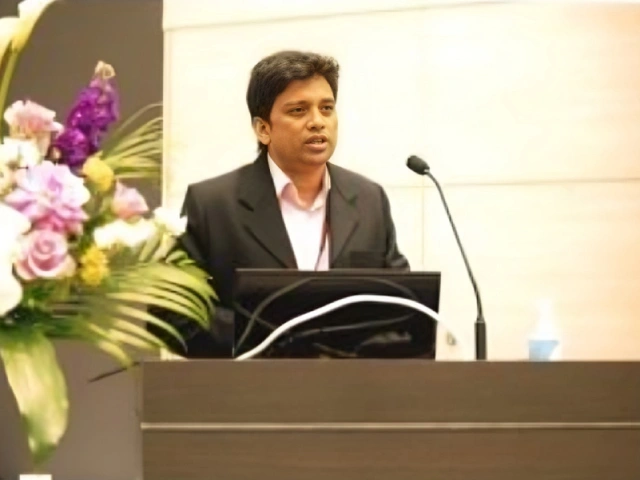















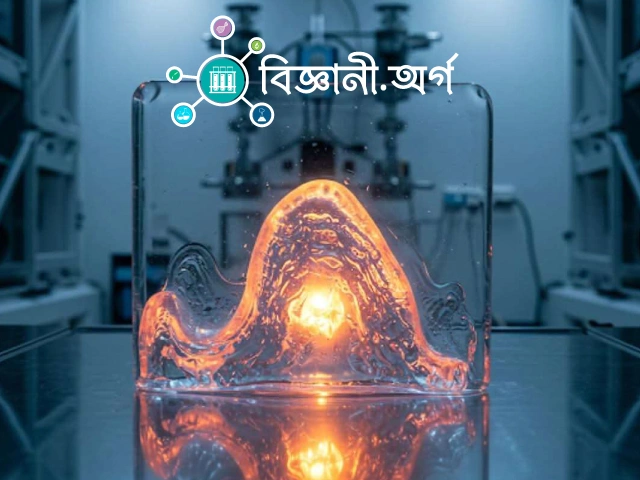
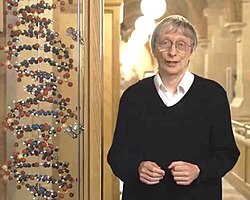



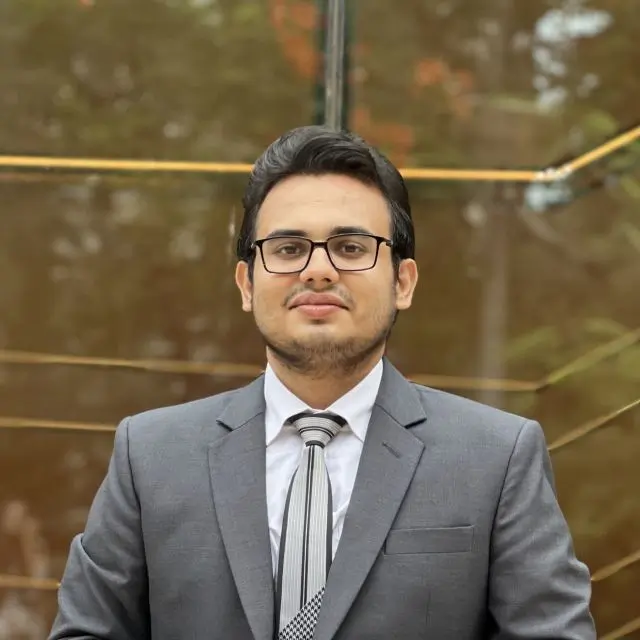


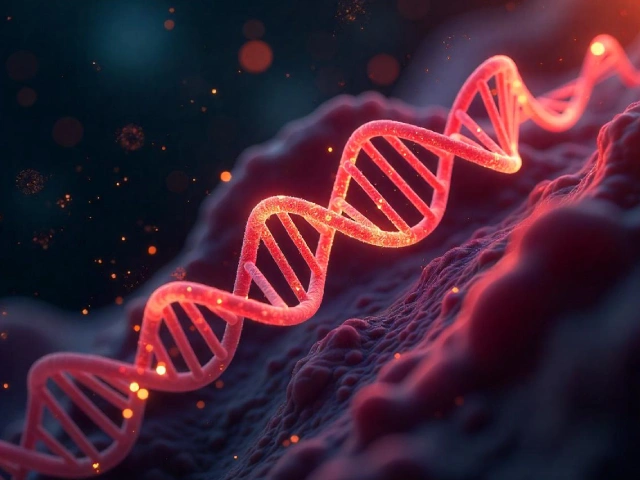



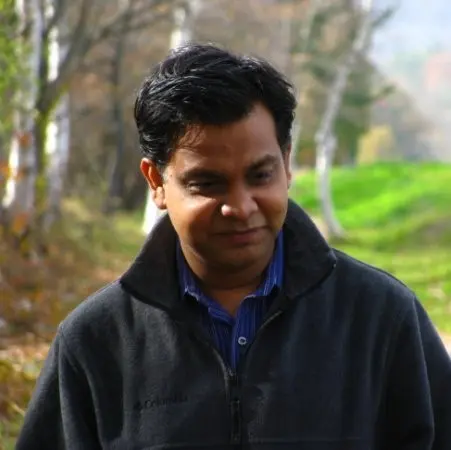












ভাই বজ্ঞানবাদ কইরা দেন
তথ্যটি শেয়ার করার জন্য ধন্যবাদ।
মাথা ঘামানোর একটি টপিক পেলাম…
আল্লাহ মানুষকে তার বুদ্ধি হতে মাত্র ১% বুদ্ধি দিয়েছে তাই দিয়ে মানুষ কি না করছে। যাই হোক আইডিয়াটা ভালো। ধন্যাবাদ তাঁদের ও আপনাকে।
আপনার এ লেখাটিকে একটি স্থানীয় ম্যাগাজিনে তুলতে চাচ্ছি। আশা করছি আপনি আপত্তি করবেন না। অবশ্যই সূত্র ও কৃতিত্বসহ।